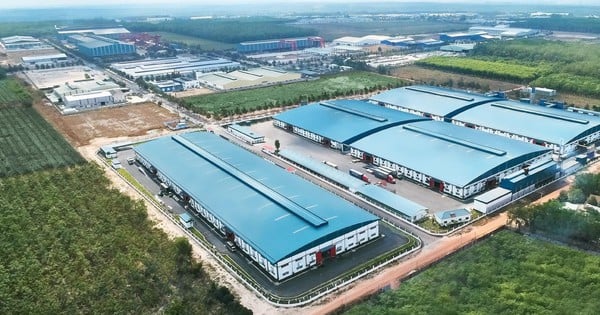Vietnam’s ambition to achieve high GDP growth and transition into a high-income nation hinges on securing substantial investment capital. Major infrastructure initiatives and private enterprises alike require long-term funding to expand operations, adopt new technologies, and engage in global markets. Relying solely on short-term bank loans, state budgets, or foreign capital poses risks to financial stability and national economic independence. n nRecognizing this challenge, Resolution 68-NQ/TW and recent capital market reforms emphasize building a robust domestic financial foundation. Mobilizing savings and investments from within the country through national financial institutions—particularly investment funds—can provide sustainable capital for private sector growth. n nInternational experience shows that successful economies moving from middle- to high-income status have developed diversified investment fund systems. Examples include pension funds, insurance funds, infrastructure investment vehicles, and sovereign wealth funds, as seen in Singapore and South Korea. These mechanisms not only supply long-term capital but also strengthen resilience against global financial volatility. n nAccording to Don Lam, CEO and founding shareholder of VinaCapital Group, such domestic funding channels allow governments to pursue large-scale infrastructure without overreliance on external financing. Moreover, they equip private businesses with stable capital sources while enhancing the economy’s ability to withstand international financial shocks. n nVietnam’s strong growth potential, young population, rising domestic consumption, and stable macroeconomic environment continue to attract investor interest. However, mobilizing capital for local enterprises remains challenging. Experts point to an incomplete legal framework for private investment funds and uneven access to financing, especially for small and medium-sized enterprises (SMEs). Many firms struggle due to limited financial transparency, unclear strategic direction, or reluctance to bring in external investors. n nTo address these bottlenecks, immediate policy actions are needed. One priority is establishing a voluntary supplementary pension fund and a real estate investment trust (REIT) framework for infrastructure financing. These instruments hold significant untapped potential. With the right regulatory support, they could strengthen Vietnam’s long-term financial base, Lam suggested. n nAnother critical area is the development of the stock market. Despite ongoing reforms, the number of listed companies in Vietnam remains low—under 2,000—and there has been a lack of new initial public offerings since 2019. Expanding both the quantity and quality of publicly traded firms is essential. n nImproving corporate governance standards is equally vital. In today’s sustainability-focused environment, companies must go beyond financial health and adopt rigorous reporting practices, independent audits, and regular disclosures aligned with ESG and other global governance benchmarks. n n”Strengthening the public company ecosystem in both scale and quality is a strategic move to deepen capital markets and build a transparent, efficient, and globally integrated financial system,” Lam emphasized. n nSMEs, which often lack collateral and face barriers to bank financing, also need targeted support. International models demonstrate effective solutions such as project-based lending without physical guarantees. The common thread across these approaches is that private investment capital should increasingly come from domestic savers and institutional investors. n nAchieving this shift will require greater use of technology and digital platforms for capital mobilization. Digitalization enhances transparency, strengthens oversight, and reduces risks. n n”A nation’s internal strength determines its self-reliance. A sustainable, efficient, and transparent capital market will be key to Vietnam’s goal of becoming a developed country by 2045,” Lam concluded. n
— news from Vietnam.vn
